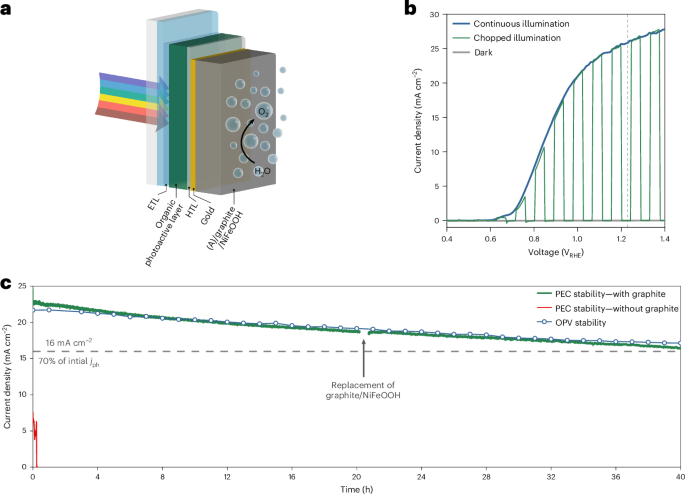Bimetallic NiCu‐MOF Protects DOX‐Induced Myocardial Injury and Cardiac Dysfunction by Suppressing Ferroptosis and Inflammation
Advanced Healthcare Materials, EarlyView.

In this study, a bimetallic metal-organic framework, NCM is found to exhibit antioxidant enzyme-mimicking and iron-chelating abilities. NCM significantly reduced cardiomyocyte death in vitro by attenuating ROS production and inhibiting ferroptosis. In the DOX-induced cardiomyopathy model, NCM improved cardiac function and structural integrity by inhibiting ferroptosis, reducing inflammation, and preserving mitochondrial function.
Abstract
Doxorubicin (DOX), a potent anthracycline chemotherapeutic agent, is widely used in cancer treatment but is associated with significant adverse effects, particularly DOX-induced cardiomyopathy (DIC). DIC pathogenesis involves the generation of reactive oxygen species (ROS) and ferroptosis induction. Novel therapeutic strategies targeting antioxidant defenses and ferroptosis inhibition are essential for mitigating DIC. An innovative bimetallic metal-organic framework (MOF), NiCu-MOF (NCM), is developed, exhibiting multifaceted antioxidant enzyme-mimicking activities that effectively scavenge a broad spectrum of ROS. Additionally, the bimetallic NCM exhibits excellent iron-chelating ability. In vitro experiments demonstrate that NCM significantly reduces cardiomyocyte death by attenuating ROS levels and inhibiting ferroptosis. Furthermore, in a mouse model of DIC, NCM treatment results in substantial myocardial protection, evidenced by improved cardiac function and structural integrity. This protective effect is attributed to suppression of ferroptosis, preservation of mitochondrial function, and attenuation of inflammatory responses. Collectively, these findings highlight biocompatible NCM's potential as a novel cardioprotective agent and offer a promising therapeutic strategy for managing DIC.










































































































































































.jpg)





